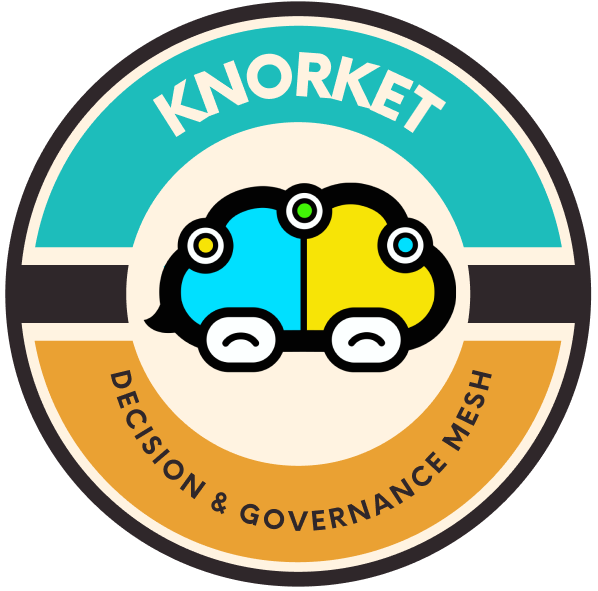User testing is an essential part of the customer experience design process. It allows businesses to gain valuable insights into how their customers interact with their products or services, and identify any potential pain points or areas for improvement. In this article, we will explore the top tools and methods for conducting user testing, and discuss how they can help businesses improve the customer experience.
First, it’s important to understand why user testing is so important. In today’s digital age, customers have more choices than ever before, and their expectations are higher than ever. A poor customer experience can lead to frustration, dissatisfaction, and ultimately, lost business. On the other hand, a great customer experience can foster customer loyalty, positive word-of-mouth, and increased sales.
There are many different tools and methods available for user testing, but some of the most effective ones include:
1. User interviews: User interviews are a great way to gather detailed, in-depth feedback from a small number of customers. These interviews can be conducted in person, over the phone, or via online video conferencing. During the interview, the user is asked a series of open-ended questions about their experience with the product or service, and their responses are recorded for analysis.
2. Surveys: Surveys are a convenient and efficient way to gather feedback from a large number of customers. They can be distributed via email, social media, or on the company’s website, and customers can complete them at their convenience. Surveys can be designed to gather a wide range of information, from general feedback to specific details about the customer’s experience.
3. Usability testing: Usability testing is a specific type of user testing that focuses on how easy it is for customers to use the product or service. During usability testing, customers are asked to perform specific tasks using the product or service, and their interactions are observed and recorded. This allows businesses to identify any areas where the product or service is difficult to use, and make improvements to enhance the user experience.
4. A/B testing: A/B testing is a method of comparing two versions of a product or service to determine which one is more effective. During A/B testing, customers are randomly assigned to use either version A or version B, and their interactions with the product or service are measured and compared. This allows businesses to identify which version is more effective, and make improvements based on the results.
5. Focus groups: Focus groups are a method of gathering feedback from a group of customers in a facilitated discussion. During a focus group, a moderator guides the discussion, asking questions and encouraging participants to share their thoughts and experiences. Focus groups are a great way to gather a wide range of perspectives, and can provide valuable insights into the customer experience.
In addition to these tools and methods, there are also a number of best practices that businesses can follow to ensure the success of their user testing.
These include:
• Clearly defining the goals and objectives of the user testing. This will help ensure that the right information is collected, and that the results are meaningful and actionable.
• Selecting the right participants for the user testing. It’s important to choose participants who are representative of the target audience, and who have experience using the product or service.
• Ensuring the user testing is conducted in a controlled environment. This will help ensure that the results are accurate and reliable, and that any issues or concerns are identified and addressed.
• Analyzing the results carefully, and using them to make improvements to the customer experience. User testing provides valuable insights, but it’s important to take action based on those insights in order to make a difference.
Overall, user testing is an important part of the customer experience design process. It allows businesses to gain valuable insights into how their customers interact with their products or services, and identify any potential pain points or areas for improvement. By using the right tools and methods, and following best practices, businesses can conduct effective user testing and improve the customer experience.
Some additional tips for conducting successful user testing include:
• Involving the right people in the user testing process. This means not only the users themselves, but also key stakeholders within the business, such as product managers, designers, and developers. This will help ensure that the results are considered from multiple perspectives, and that action is taken based on the findings.
• Setting aside enough time and resources for the user testing. User testing can be a time-consuming and resource-intensive process, but it’s worth it in order to gain valuable insights and make improvements to the customer experience.
• Being open to feedback, even if it’s critical. User testing can sometimes reveal areas for improvement that are not immediately obvious. It’s important to listen to the feedback from customers, and be willing to make changes based on their input.
• Regularly conducting user testing. User testing is not a one-time event, but rather an ongoing process. It’s important to regularly test the customer experience, in order to identify and address any issues or concerns, and to stay ahead of the competition.
In conclusion, user testing is a critical component of the customer experience design process. By using the right tools and methods, and following best practices, businesses can conduct effective user testing and improve the customer experience. This, in turn, can help drive customer satisfaction, loyalty, and sales.

